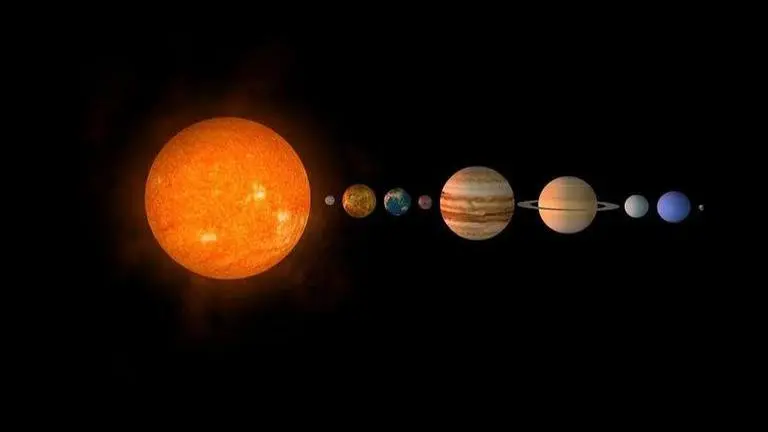Updated 2 June 2021 at 07:12 IST
Multiple Solar Systems similar to Earth discovered across Galaxy: Study
In a recent survey, a professor of astronomy observed hundreds of other sun-planet systems and discovered multiple Earth-like solar systems across the galaxy.
- Science News
- 2 min read

In a recent survey, a professor of astronomy observed hundreds of other sun-planet systems and discovered multiple Earth-like solar systems across the galaxy. In a Twitter thread, Dr Andrew Howard informed that his exoplanet discovery mission team at Caltech found multiple systems in the galaxy which are quite similar to our home solar system. He said that the California Legacy Survey, which was set up three decades ago, explained what planetary system architecture actually means.
In two big papers today from my group, we provide the fullest answers yet to basic questions about the architecture of planetary systems.
— Andrew Howard (@awhoward) May 26, 2021
A thread on the California Legacy Survey papers by Lee Rosenthal (@leerosenthalj) and BJ Fulton at @Caltech:
Architecture of planetary system explained
Howard’s team discovered 719 sun-like stars, 177 planets, including 14 new ones, with size ranges from 3 to 6000 times the mass of Earth. He said that in most of these systems in our galactic neighbourhood, larger planets and giants are located in the chilly outer region —1 to 10 astronomical units (AU) from their host stars—like Jupiter and Saturn, while smaller planets, like Mercury and Mars, tend to orbit to closer to their central star. Howard explained that 1 AU is equivalent to the distance between Earth and the Sun.
In a press release, BJ Fulton, a staff scientist at Caltech's IPAC astronomy centre, said that while they couldn’t detect smaller planets that are distant from their stars, they, however, infer that the large gas giants are extremely rare in the outermost regions of most exoplanetary systems. The team said that hot Jupiters whip tightly around their stars, and because they are massive, they can be easily detected using the radial velocity planet-hunting method, in which the "wobble" of a star is detected as the planet circles around and tugs on the star, pulling it back and forth. Further, they informed that Earth, on the other hand, lies in an “intermediate tropical zone well-suited to life.
“We’re starting to see patterns in other planetary systems that make our solar system look a bit more familiar,” Howard noted.
We visualize the distribution of planets like a skyline. The ‘downtown’ for giant planets, where Saturns and Jupiters are the most common, is approximately in the range 1-10 AU. Image credit: T. Pyle (Caltech/IPAC) - @timmypyle pic.twitter.com/j21snE6MAi
— Andrew Howard (@awhoward) May 26, 2021
It is imperative to note that the researchers said that to obtain a more complete picture of other star systems, astronomers needed more time. The outer planets take much longer journeys around their stars; just one tug on a star can last decades. The team couldn’t observe any planets beyond 10 AU as the advanced imaging and observing isn’t doable by their current telescope. However, they said that the recent finding does provide them with a basic understanding for future experiments.
Advertisement
(Image: Pixabay)
Published By : Bhavya Sukheja
Published On: 2 June 2021 at 07:12 IST
